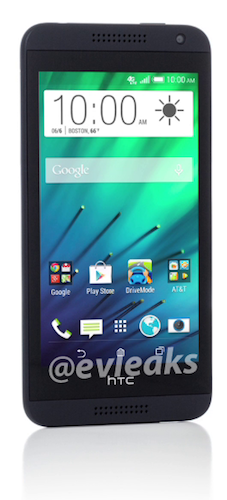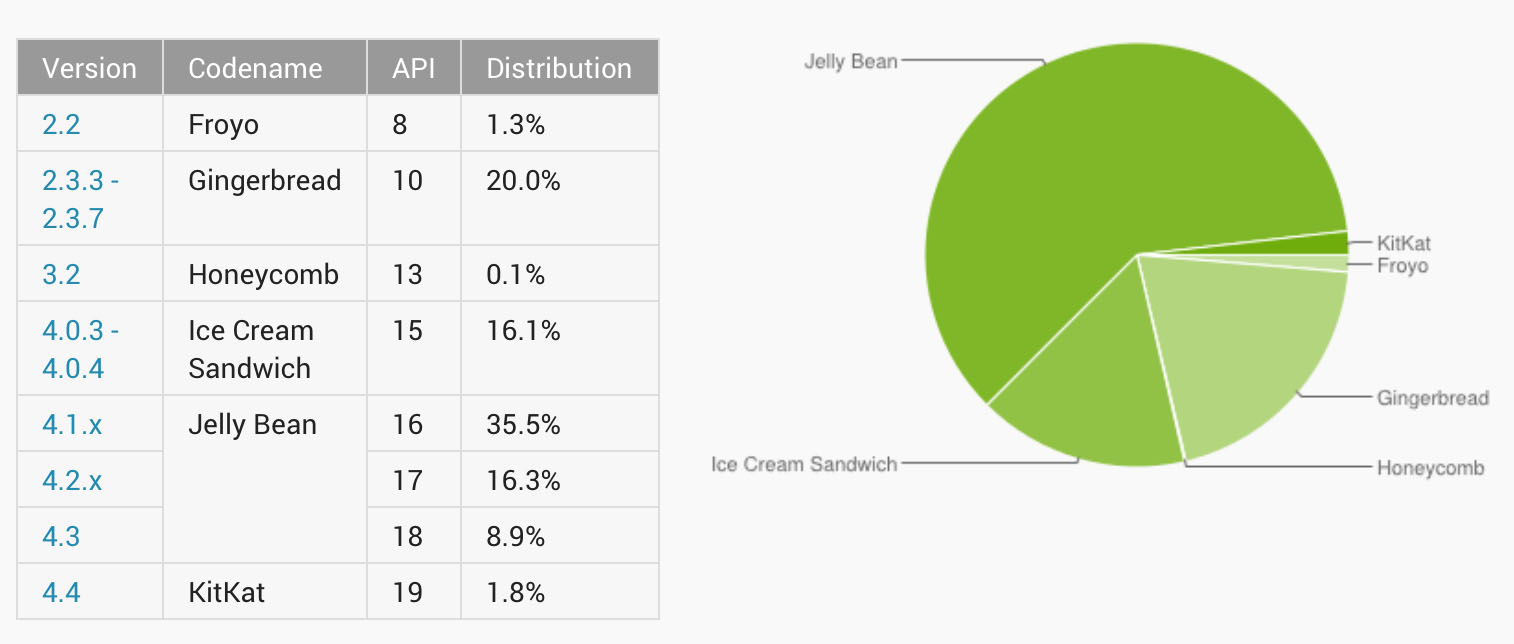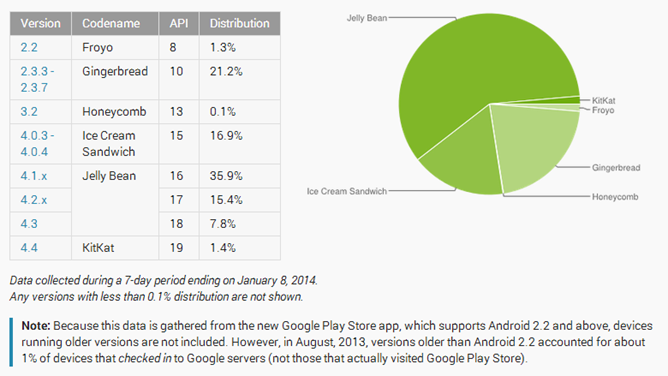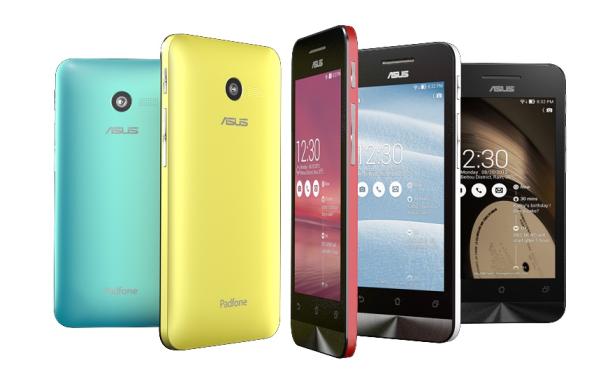
The word “Android” means different things depending on who you ask. For some, it’s the open source software project that Google maintains. For others, it’s the operating system plus Google’s various services preinstalled. And for a select few, it’s the software on a Nexus device. Let’s just focus on the first two definitions. Amazon’s Kindle, despite being powered by Android, doesn’t come with a Gmail app, doesn’t come with a Google Maps app, and it doesn’t have access to Google’s Play Store. Those kind of devices, powered by Android, but stripped of Google, made up 32% of all Android devices shipped in Q4 2013 according to ABI Research.


Is this a bad thing? That depends on how you look at the situation. If someone in China can sell a $50 phone that has a built-in web browser to a man who used to own a Nokia dumb phone with a black and white screen, that’s progress in my book. On the other hand, Google obviously wants people to use their services, so people taking Android’s source code, tweaking it, and then compiling it into something completely different obviously ruins that.
Now that we “know” how many Android devices run the “real” version of Android, how does Google’s OS stack up against the iPhone? Android is still clearly ahead, but not by as much as you’d think. Apple’s iOS had an 18% share of the smartphone market in Q4, versus “real” Android at 52%. Nothing to sneeze at, but what’s concerning is that the “fake” version of Android is growing far faster than the “real” version of Android.
[Tip of the hat to @BenBajarin]


















